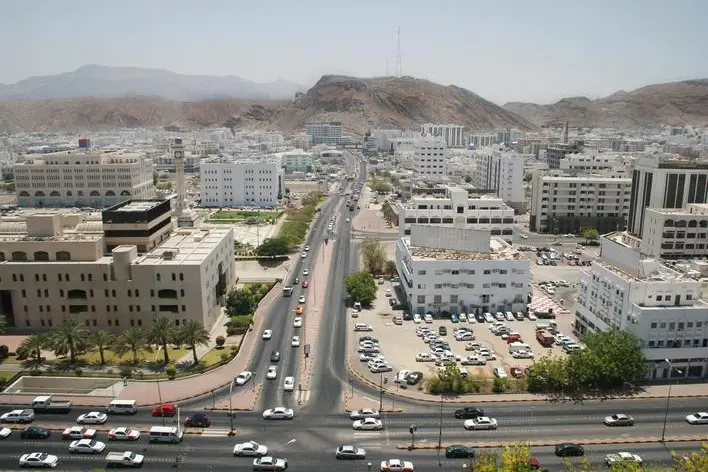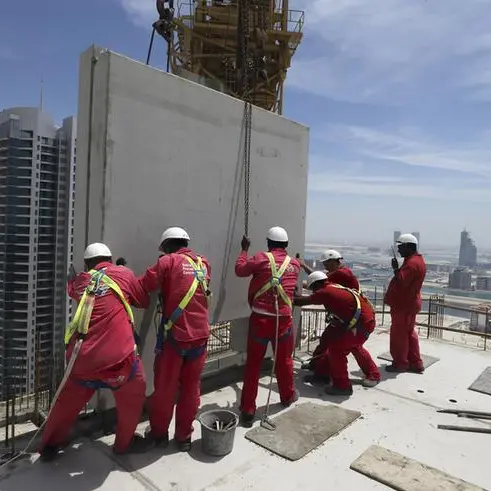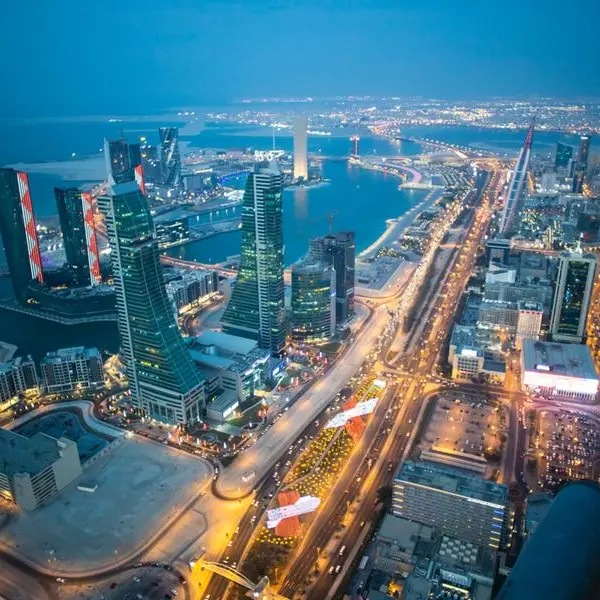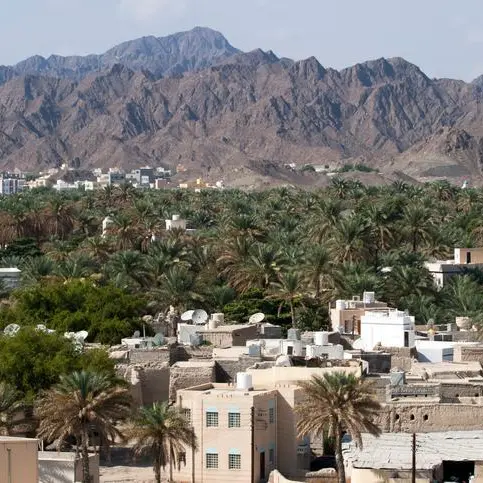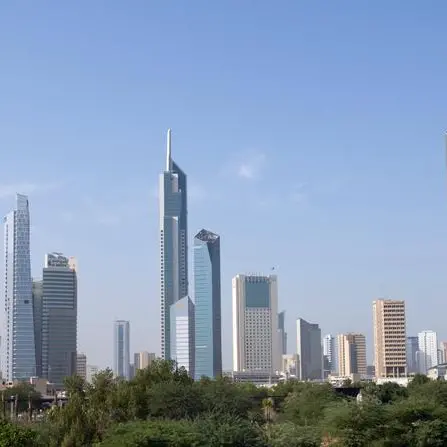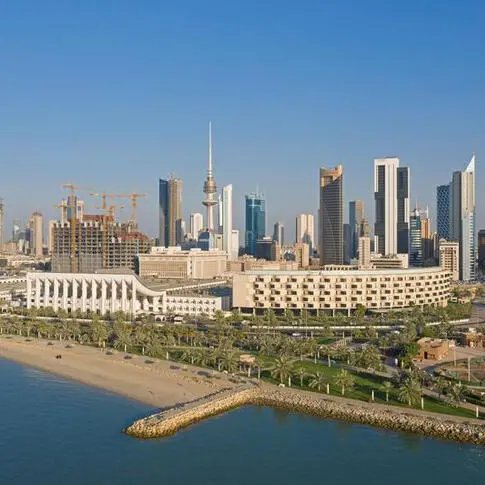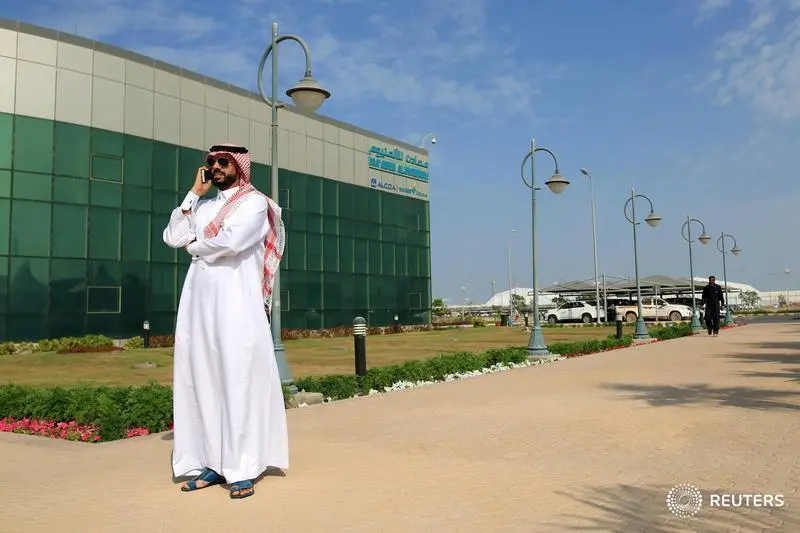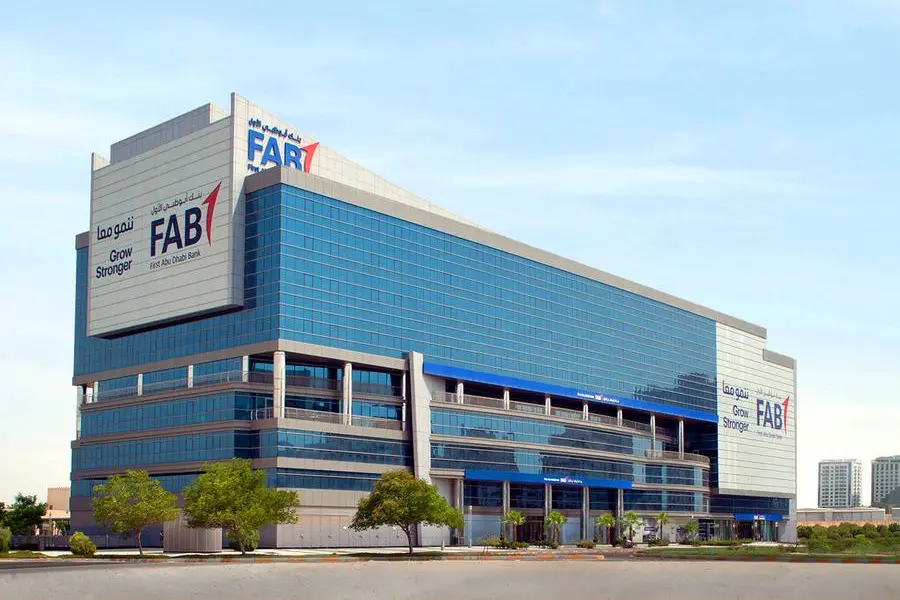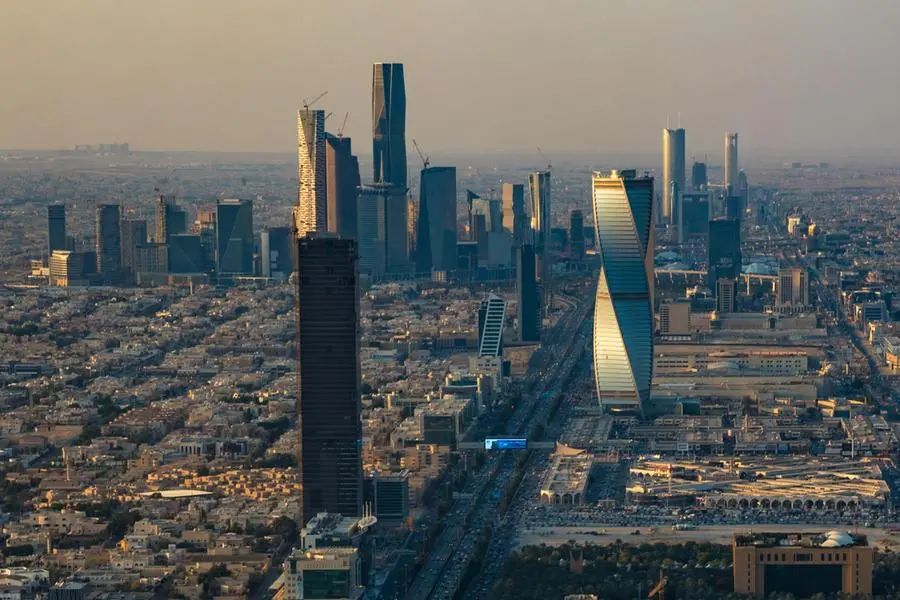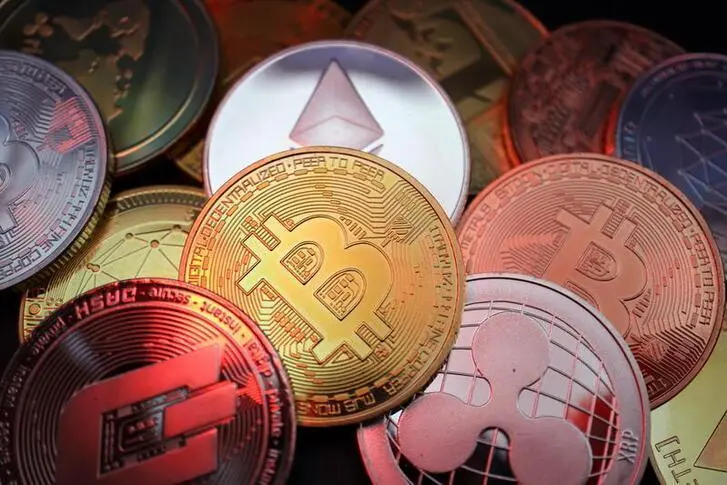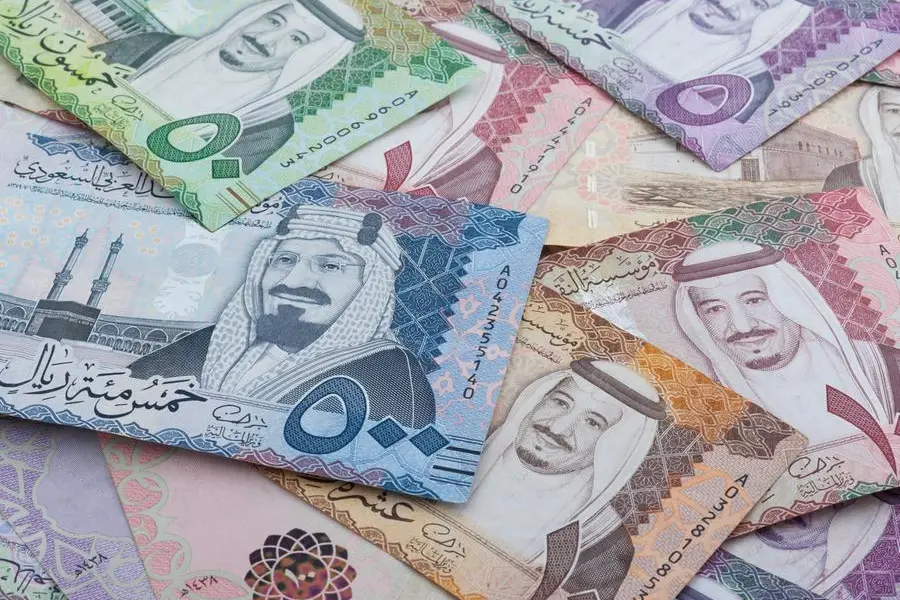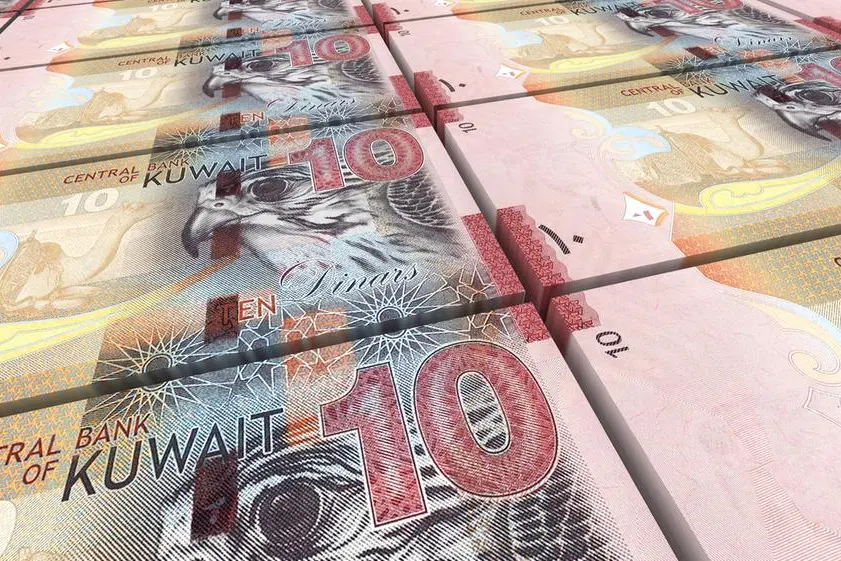PHOTO
Muscat – Oman’s inflation rate in July dropped to its lowest level in 28 months, thanks to a decrease in transportation cost and stability in the prices of most food items, utilities, fuel and housing rent.
The annual inflation rate, as measured by the sultanate’s Consumer Price Index (CPI), fell to 0.41% in July 2023, the lowest level since March 2021. This is compared to an inflation rate of 0.69% in June 2023, according to data released by the National Centre for Statistics and Information.
Oman’s annual inflation has consistently been on the decline this year due to easing global inflation and government measures that capped fuel and essential commodity prices.
Consumer price inflation for food items, which carry nearly 24% weightage in Oman’s CPI, rose at a slower pace of 1.36% in July, compared to 2.18% in June. The more than two-year low food inflation is mainly attributed to a drop in fruit and vegetable prices in July compared to a year ago.
Among food items, July prices for fruits and vegetables decreased by 2.31% and 1.72%, respectively. Prices of cooking oil and fats rose 5.03% year-on-year in July, while bread and cereal prices grew by 2.24%. Meat prices recorded a decrease of 0.6%, while prices of fish and seafood products increased by 1.57% in July year-on-year.
However, the milk, cheese and eggs group recorded the biggest rise of 10% in July prices. On the other hand, the cost of housing, water, electricity, gas and other fuels remained stable in July this year compared to July 2022.
Moderate inflation in 2023
Central Bank of Oman (CBO) recently stated that the sultanate has successfully mitigated the severe spillover effects of global inflationary pressure.
‘This (lower inflation) can be attributed to the distinct financial cycle, a flexible labour market and proactive fiscal measures implemented by the government,’ the CBO said in its Financial Stability Report 2023.
According to the central bank, the sultanate’s fiscal position benefited from higher energy prices, providing ample fiscal space for the government to counterbalance any inflationary pressures with targeted interventions to complement the impact of monetary policy actions.
‘As a result of these developments and fiscal intervention, particularly a fuel price cap until the end of 2023 at the October 2021 level, inflation in Oman is expected to remain moderate,’ CBO noted.
International Monetary Fund (IMF) also expected Oman’s annual inflation to decelerate this year, thanks to government subsidies, price caps on certain products, and a strengthening of the US dollar to which the Omani rial is pegged.
According to IMF, Oman is expected to record an average inflation rate of 1.9% for 2023, the lowest inflation in the GCC. The sultanate witnessed the second-lowest average inflation rate among GCC countries in 2022 at 2.8%, following Saudi Arabia, which registered an inflation rate of just 2.5% last year.
© Apex Press and Publishing Provided by SyndiGate Media Inc. (Syndigate.info).
